We have a sweet tooth and try to indulge every chance we get, especially at weekends. A widespread Sunday morning ritual entails going out to get the paper (if it’s not delivered to your house) and then going to the panaderia to get some facturas for your mateor coffee.
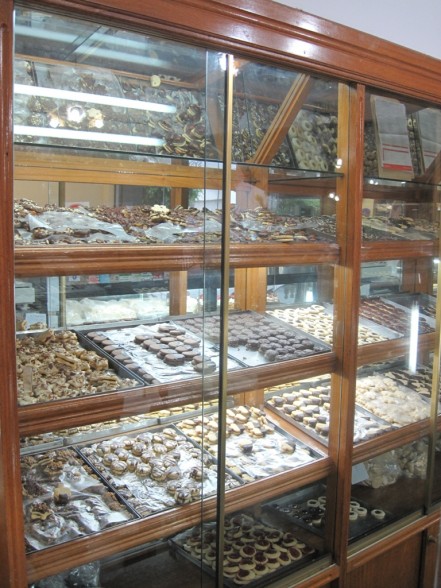
Most panaderias, or bakeries, make different kinds of bread, cakes, masa secas (butter cookies) and facturas. Those delicious pastries are distant cousins to the Danish pastries. There are many different types; some are baked and some are deep-fried, like the donas and bolas de fraile, and are sold by the dozen.
Facturas are filled with dulce de leche, crema pastelera (custard), dulce de membrillo (quince paste) and sometimes apple. Each type has its own name. So we have cañoncitos, which look like the barrel of a canon and are usually filled with dulce de leche. Or libritos, made with puff pastry and whose layers look like the pages of a book. The tortitas negras are little cakes covered in brown sugar. I adore churros with crema pastelera.
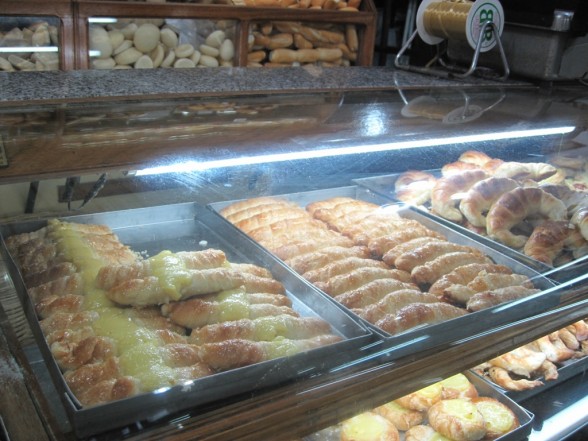
The origins of some types of facturas can be traced to the foods introduced by immigrants and which evolved into our facturas. For example, the Spaniards introduced churros and the French, the mil le-feuille, which we call milhojas and fill mainly with dulce de leche. Our bolas de fraile derive from the German Berliner Pfannkuchen (I think that’s why some people call them berlinesas).
When I was a child, I would only eat facturas with dulce de leche. But as I grew up, I began to enjoy the other types of pastries. Now, every time I go back to Argentina, I pay a visit to my parents’ local bakery to indulge in this sweet treat.
Read more
Argentinean customs: have your soda water delivered to your door
Argentinean customs: car for sale

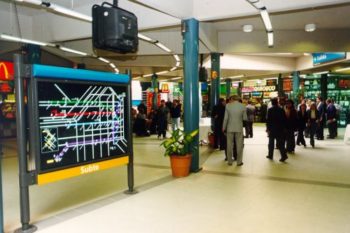
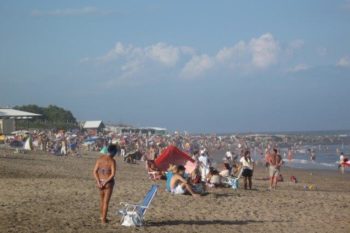
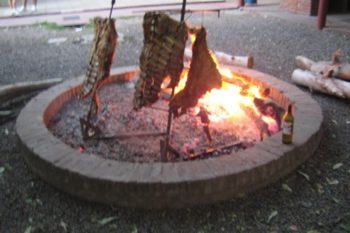

Don’t you miss these sweet mouthfuls from Heaven now that you live abroad? I know *I* do! Facturas and pan criollo. When I go back to Argentina to visit my family I normally go to buy bread every day with my dad. We sit in a corner, pick up the newspaper, order a cup of coffee and we try some criollos de hojaldre or some medialunas… and we are happy! 🙂
Most definitely! I look forward to my trips because of the food (oh, yeah, and family and friends too 🙂 )
Ana i live in Australia and my daughter is doing an assignment about Argentinian culutre, could you please tell me if you celebrate birthdays with a cake or any of the food you may eat for a celebration she is having trouble getting information many thanks
Hi Lynda.
Indeed! we celebrate birthdays with a cake, usually the birthday boy/girl’s favourite (mine has to include fresh strawberries and cream!). Everybody sings Happy Birthday (que los cumplas feliz, que los cumplas feliz, que los cumplas, (name) que los cumplas feliz!) the birthday boy/girls makes three wishes and blows the candles.
As regards food, it depends on the age range (and budget!). Crisps, salty snacks, tea sandwiches, any type of finger food both sweet and savoury, soft drinks (if it’s for children) and the like. Adults may celebrate their birthdays with an asado (barbie), beer and wine. And cake, of course. There has to be cake and lots of it! We do have a sweet tooth here 🙂
Hope this helps. Let me know if you need anything else.
thank you so much it helped a great deal
Ana, one more question about birthdays, do you give gifts are there any main types of gifts or traditions. thanks again we are learning alot about Argentinian culture but there is little relating to birthdays thanks again
Hi Lynda. We don’t have specific traditions for gifts. We try to give whatever is age-and budget-apropriate. I guess we give more lavish gifts to our loved ones.
Sometimes we ask the birthday person, usually family members or very close friends, (or their mother if it’s a child) what they want or need and give them that (if we want to buy something that is practical and useful).
And we usually open the presents on the spot, none of that long, agonizing wait! 🙂